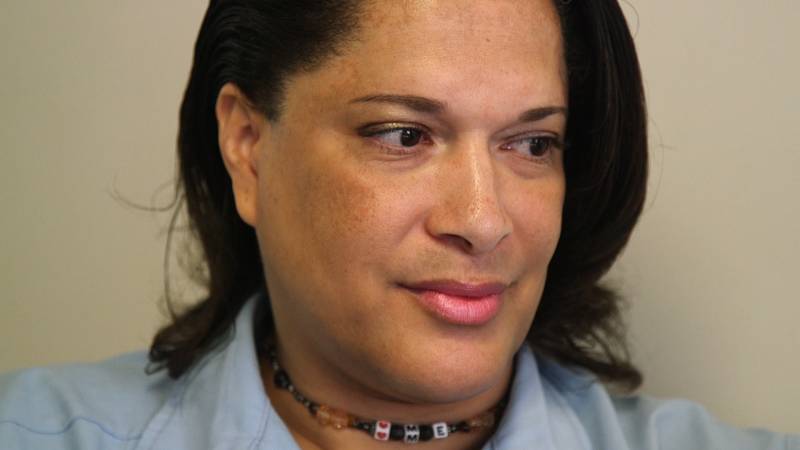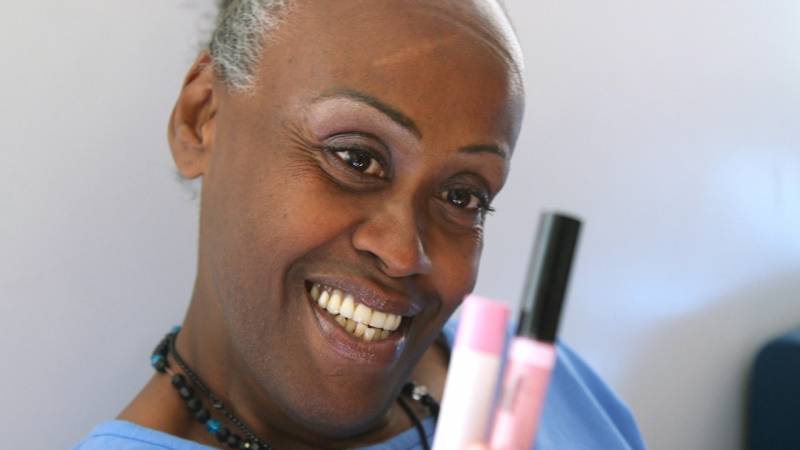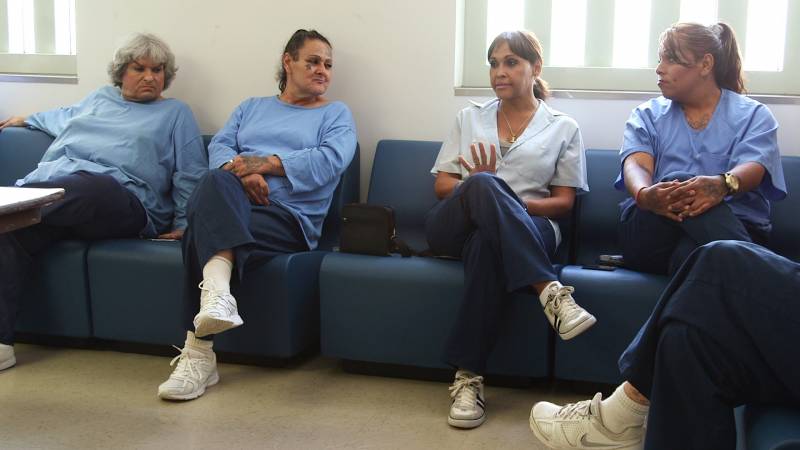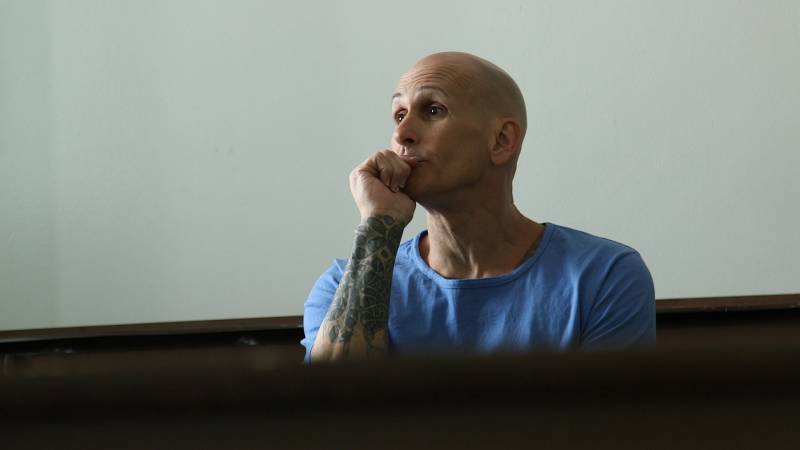Updated Jan. 14, 2021
On Jan. 1, 2021, Senate Bill 132 went into effect in California: The "Transgender Respect, Agency, and Dignity Act," authored by state Sen. Scott Wiener, allows for incarcerated people to “be housed at a correctional facility designated for men or women based on the individual’s preference.”
I arrived at a state prison in Vacaville, California, with a cart full of video equipment and two fellow reporters from KQED. We had come to meet with a group of transgender inmates and learn about their experience behind bars.
Prison is a challenging environment by any measure, but for the roughly two dozen transgender women living here alongside nearly 2500 men, there are unique challenges — not just for the women, but also for the prison staff responsible for keeping everyone safe.
The California prison system (like most) has long been set up along traditional gender lines — there are prisons for men and other ones for women, with a current total of 35 institutions located in every region of the state. But in recent years, the California Department of Corrections and Rehabilitation (CDCR) has had to contend with a growing number of offenders who do not fit into a binary gender classification system.
Take Jazzie Paradize Scott, for example, who said she’s been taking hormones since she was 16.
“I've always had my mom and my father's approval of being a trans woman,” she said. “It was just always about getting my life together and stop making so many careless mistakes. Like this — ending up in prison.”
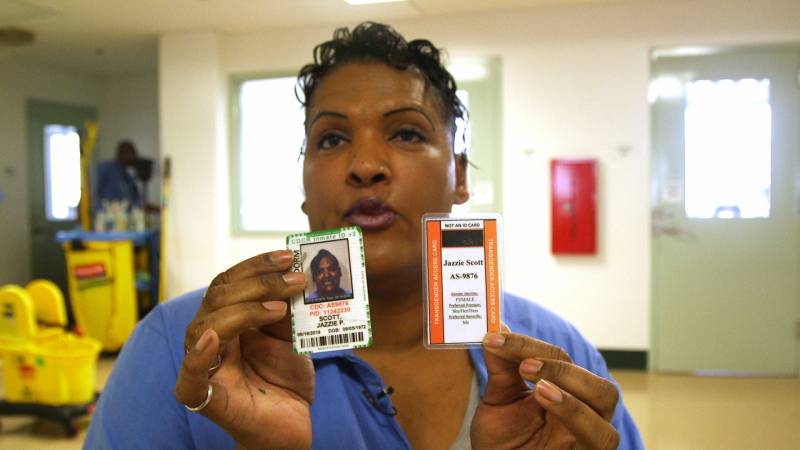
The CDCR has designated certain prisons as hubs for transgender inmates, where support services and resources can be clustered. The prison I visited, California Medical Facility (CMF), is one of those hubs, and it’s also a prison where inmates with medical and mental health needs are placed for better access to health care.
Scott is on her third tour of prison and wants to put what remains of her time inside to good use. She was elected to represent other transgender prisoners on the inmate advisory council and successfully lobbied to create a weekly workout club for transgender women, complete with a prison staffer as a fitness coach.
“It took a long journey with a long fight, but I was able to work with staff on talking to the right people to get it done,” Scott said.
Today’s workout began with a simple, brisk walk around the perimeter of the gym, with a couple of women following along in their wheelchairs. While one group pedaled stationary bikes, another group played a high energy game of half-court basketball that left them drenched in sweat. Afterwards, Scott led the group through a series of stretches to cool down.
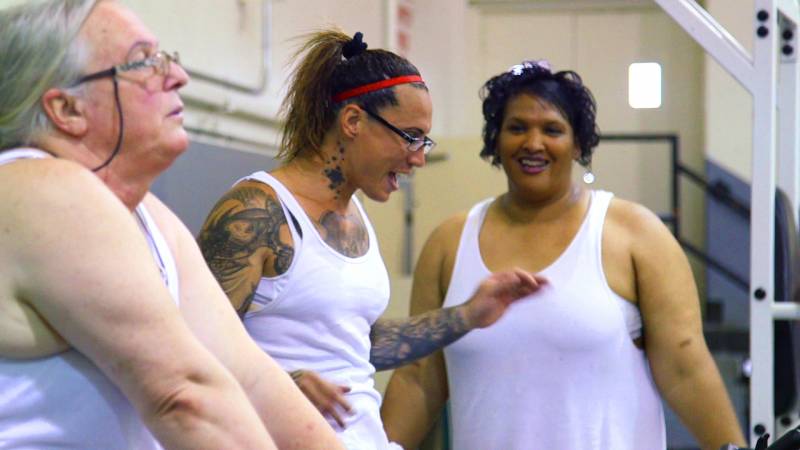
The point of the workout club, said Scott, was “to be able to let our hair down and wear our makeup and our gym shorts” in a safe environment. In fact, while they were inside the gym, the women could take off their prison blues and wear sports bras, tank tops, and leggings. Once the workout was over, they had to once again don their prison-issued pants and loose-fitting blue shirts before exiting the gym.
‘I Never Saw Myself as a Guy’
Gender identity and expression inside prison is more than a matter of getting to dress as one would like. Transgender people face harassment, hatred and violence both outside and inside prison.
“Since I was a child, I felt like I was a girl,” said Yekaterina Wesa Patience when we sat down to talk. “No matter what nobody told me, I just never, I never saw myself as a guy.”
